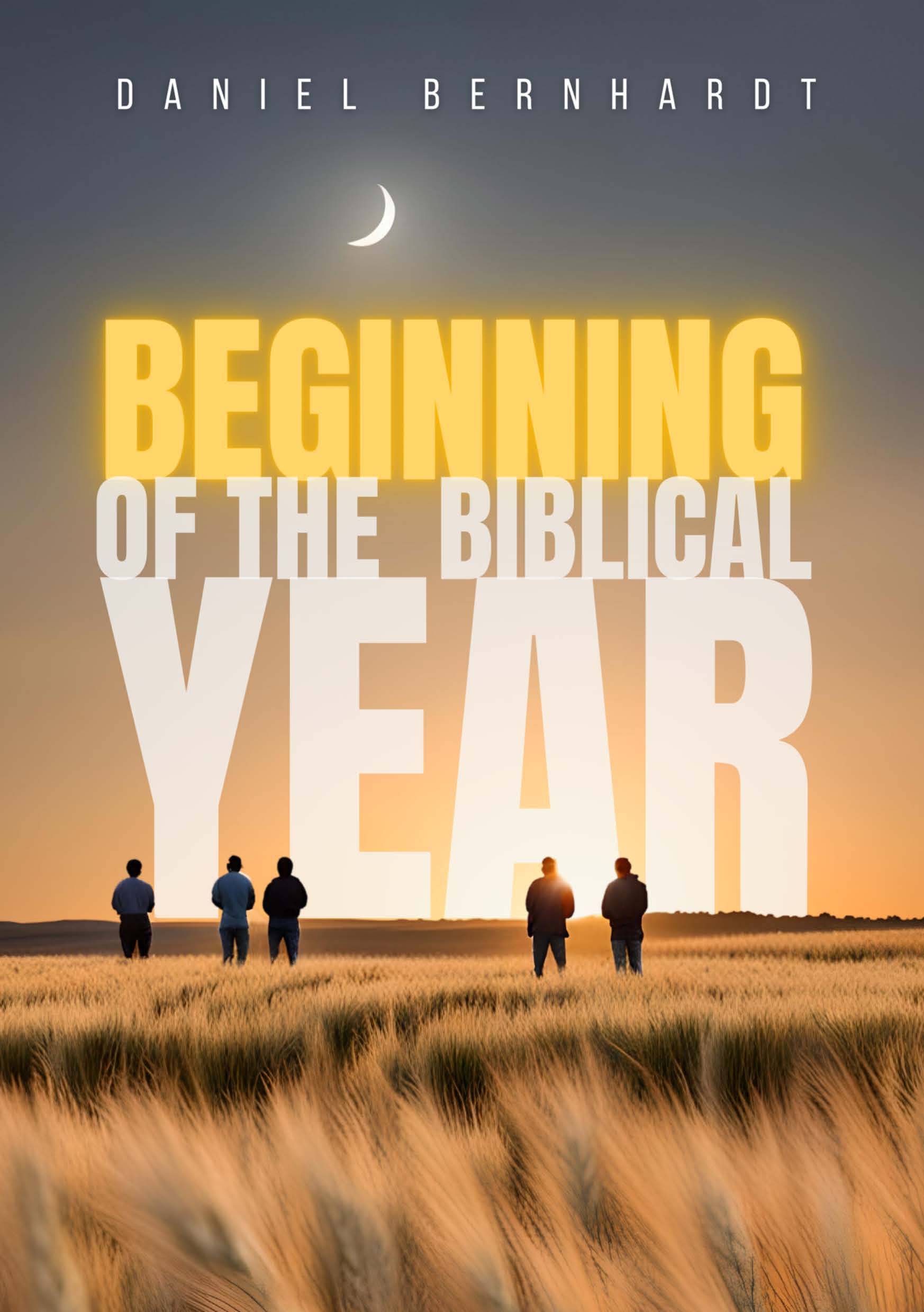"Reception of Ellen White’s Trinitarian Statements by Her Contemporaries (1897–1915)"
Denis Kaiser, Ph.D. student in Adventist Studies and Historical Theology at the Seventh-day Adventist Theological Seminary in Berrien Springs, MI, presented his research on the topic: “The Reception of Ellen White’s Trinitarian Statements by Her Contemporaries (1897–1915).”
Introduction
Kaiser pointed out that various scholars had already done historical research on the semi-Arian position of the early Seventh-day Adventists, the development to the Trinitarian position, and Ellen White’s role in that developmental process. Researchers who had looked at Ellen White’s writings paid primarily attention to the content of her Trinitarian statements and the authenticity of the original handwritten and typed manuscripts containing her own interlineations. What has not been done so far and what Kaiser aimed to do through his research is to focus on how Ellen White’s contemporaries received her Trinitarian statements during her own lifetime. The study examined the reception and use of her two famous statements that (a) the Holy Spirit is “the third person of the Godhead” and (b) there are “three living persons in the heavenly trio.”
Ellen White’s Trinitarian Statements
The first statement was published in Special Testimonies for Ministers and Workers (series A, no. 10) in 1897 and in the Desire of Ages in 1898, yet the statement originally came from a letter that Ellen White had written from Australia to the brethren in America on Feb 6, 1896 (Letter 8, 1896). The second statement was published in Special Testimonies (series B, no. 7) and in the church paper Bible Training School (Feb 1906). It was used initially in a manuscript on Jan 6, 1906 (Ms 21, 1906) but it stemmed originally from her diary of Nov 1905. Both statements were used by other Adventist writers in church papers and books. Some referred explicitly to Ellen White’s publications whereas others used only quotation marks or no quotation marks at all without providing a source reference.
The Reception of the Statements
Shortly after the first statements appeared in print in 1897, such Adventist writers as R. A. Underwood, E. W. Farnsworth, and W. W. Prescott picked up the phrase and used it in their publications. Thus Underwood admitted in 1898, “It seems strange to me, now, that I ever believed that the Holy Spirit was only an influence.” Although “it was once hard for me to see how a spirit could be a person,” after having studied the biblical usage of the word “spirit/s,” he could testify, “I could understand better how the Holy Spirit can be a person.”
Then for a few years the topic seems to disappear until articles from Ellen White appeared again in 1904 and 1905 that agitated the topic and made use of those statements. Again Adventist writers (W. W. Prescott, S. N. Haskell, and G. B. Thompson) started to use these statements. In 1906, Ellen White wrote again several articles using such phrases and again various Adventist writers picked up on these. In 1908 the topic seems to disappear and she was once again the person who brought up the topic. In subsequent years the topic and her statements frequently appeared in church publications. It is interesting that her statements appeared in church papers and publications in Australia and North America. People belonging to various generations and theological camps made use of her Trinitarian statements. They credited Ellen White with pointing them at the biblical evidence for the personality of the Holy Spirit.
The Understanding of the Statements
While all writers agreed that the statements came from Ellen White’s pen, there were some variations on how to understand them: (a) A few writers promoted kinds of trinitarian subordinationism or modalism whereas (b) the majority of authors wrote from a clear Trinitarian perspective. (c) Last of all, J. H. Kellogg constitutes an exception with his panentheism that is veiled in Trinitarian language.
(a) Subordinationism and Modalism. S. N. Haskell, O. A. Johnson, and M. C. Wilcox affirmed three divine persons or manifestations, but by using the pronoun “it” they showed that they regarded the Spirit to be a “neuter” entity. Further, while Haskell granted the Holy Spirit to be without beginning or end, Johnson marked the beginning of “its” existence when “it” issued from the Father and the Son. Wilcox talked about “three manifestations of Deity,” therefore reflecting rather a modalist concept of the Trinity. G. I. Butler recognized that Ellen White had made statements that gave “strong ground” to the view that the Holy Spirit is a personality but he was nevertheless undecided on the topic. However, these views constituted merely minority positions in the published media.
(b) Full Personhood of the Holy Spirit. Those who wrote most frequently about the personality of the Holy Spirit were G. B. Thompson, R. A. Underwood, and A. G. Daniells. Writers in this group declared that Adventists “regard Him [the Holy Spirit] as a Person”—therefore they also used masculine personal pronouns for the Spirit—while admitting that this should not lead one to conclude that he is “confined to one body” and can occupy “but one place at a time.” Of course, it is difficult to define the exact nature of the Spirit, and that is why it is expedient to keep close to what has been revealed regarding the Spirit. However, the Bible clearly suggests that “there is a trinity, and in it there are three personalities.” As Christ “is one of the divine trio,” and “one with the Father from the days of eternity,” so also the “the Holy Spirit is spoken of through the Scriptures as a personality.” Yet, the oneness of the three persons is “not one in which individuality is lost” but rather a union of “mind, not of personality.” The Holy Spirit was viewed by the writers “as an independent, separate, and personal agent.” Being eternal, omnipresent, and omniscient, he inspired the Scriptures and worked miracles. He is the one who creates new life, makes acquainted with God, guides into all truth, and foretells the future. It is the Spirit who appoints, sends out, and directs ministers. As Christ testified of the Father, so the Spirit testifies of Christ; but the Holy Spirit does not speak of himself. There are two paracletes, two comforters, one in heaven, which is Jesus Christ, and another one on earth, which is the Holy Spirit. Christ pleads the cause of man in heaven whereas the Spirit pleads the cause of God on earth. The Spirit is the “divine Personality that is in charge of the work of the Lord here in the world.” He is Christ’s representative, his successor on earth, and rightful vicar in the church.
Most statements on the personality of the Holy Spirit are random remarks in the context of the practical results of prevailing prayer, consecration, communion with God, preparation for the latter rain, and the seal of the Holy Spirit. The writers wanted to urge and lead people into a “personal fellowship with a personal God,” which is only possible through the Holy Spirit. That is why the articles dealt with practical questions of how to receive and retain the Holy Spirit, and how believers can “listen to the gentle promptings” of the Spirit. It was suggested that many had tried to overcome sin in their own strength and have been defeated for they failed to recognize the “office work of the Holy Spirit in the development of Christian character.” Thus when the receiving of the Holy Spirit was regarded as “the greatest need,” it is comprehensible that the third person of the Godhead was the subject of several “week of prayer” readings.
A few articles reflect a rather apologetic purpose. Thus the idea, as promoted by Christian Science and others, that the Holy Spirit is a kind of science, power, influence, or emotion of the Father and the Son rather than a person was rejected. Other writers addressed two “absurd” extremes regarding the Trinity that mystify God. One such extreme is the view of “one God in three Gods” or “three Gods in one God,” namely Tritheism. The opposite extreme would be the “erroneous idea . . . that there is no trinity, and that Christ is merely a created being.” Another set of statements is directed against the teaching that a human being in Rome would be the vicar of Christ on earth. Since many people accepted that teaching, “it is left for pure Protestantism to proclaim to the world the true God consisting of three persons but of one spirit and aim.”
(c) Panentheism. When J. H. Kellogg received much criticism for the panentheistic views woven through his book The Living Temple (1903), he attempted to seek refuge in Ellen White’s statements on the Holy Spirit’s personhood and her emphasis of God’s presence. His basic line of argumentation was as follows: Since the Holy Spirit was a universally present person and since “God” was also a person, he should be universally present too. Depending on who he was talking to he either distinguished between the Holy Spirit and God or presented “God and the Holy Ghost [as] . . . one and the same person.” For him it was only important that God, either he himself or his Spirit, was actively and personally present “in all created things in every part of the great universe, wherever life or energy is manifested.” Kellogg admitted the similarity to “pantheism” but rejected the idea that God should be worshipped through his created things. Although he tried to convince others that his views were in total harmony with Ellen White’s concept of God, she strongly disagreed by declaring that his view depersonalized God whereas she emphasized the personality of the divine persons.
Conclusion
The study of the sources has shown that regardless of the theological orientation, age group, or location in the world, every one of those writers attributed the phrases “third person of the Godhead” and “three living persons in the heavenly trio” to Ellen White. The Trinitarian implications of those statements were also recognized by every writer. Thereupon most of them adopted a Trinitarian concept of God, though a few diverged in details. It is striking that Ellen White saw no need to correct those writers who quoted her statements in order to promote a Trinitarian concept of God. However, when J. H. Kellogg began to employ her Trinitarian terminology in propagating his panentheistic view of God, she insisted that he misused her statements and depersonalized God whereas she upheld the personality of the divine persons. It is interesting to note that she and her contemporaries, in their presentation of the personality and work of the Holy Spirit, were primarily concerned to lead people into an abiding personal fellowship with a personal God who transforms hearts and lives.





